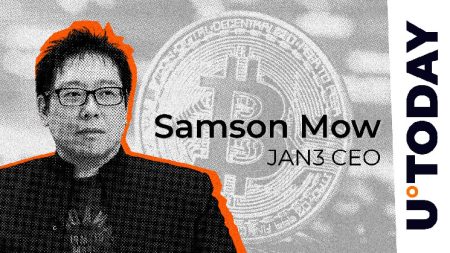The Rise of Memecoins: Understanding the Regulatory Landscape
Introduction: The Phenomenon of Memecoins
In recent years, the cryptocurrency market has witnessed an unexpected surge in the popularity of memecoins. These digital tokens, often inspired by internet memes, have taken the crypto world by storm, with names like Dogecoin and Shiba Inu gaining significant traction. Despite their humorous origins, memecoins have become a notable part of the crypto landscape, raising questions about the factors driving their rise. While the allure of high rewards and a shift in investor sentiment towards alternative investments play roles, regulatory dynamics, particularly involving the Securities and Exchange Commission (SEC), have emerged as a significant influence.
Chris Giancarlo’s Perspective on SEC’s Role
Chris Giancarlo, former Chairman of the Commodity Futures Trading Commission (CFTC), has pointed to the SEC’s enforcement actions as a key factor in the dominance of memecoins. Giancarlo argues that the SEC’s aggressive approach towards altcoins, often treating them as securities, led to a stifling of innovation and growth in the crypto market. This regulatory pressure, he suggests, created an environment where the only viable options for many investors and projects were memecoins, which are not typically subject to the same scrutiny as utility tokens. Giancarlo criticizes this " regulation by enforcement" tactic, labeling it an abuse of authority that hindered the natural evolution of the cryptocurrency space.
Changpeng Zhao’s Insights: A Shared Perspective
Echoing Giancarlo’s sentiments, Changpeng Zhao, the former CEO of Binance, one of the world’s largest cryptocurrency exchanges, has also highlighted the SEC’s impact on the market. Zhao notes that the SEC’s legal actions against projects issuing utility tokens, falsely categorizing them as securities, have discouraged innovation and led to a proliferation of memecoins. Developers, facing increased regulatory risks when launching utility tokens, have turned to creating memecoins as a safer alternative. This shift, Zhao argues, is a direct consequence of the SEC’s regulatory overreach, which has stifled the growth of more substantive projects.
A Shifting Regulatory Climate: Hope for Change
Despite the challenges posed by the SEC’s current approach, there are signs of a more favorable regulatory environment emerging under the presidential administration of Donald Trump. The SEC has initiated a crypto task force aimed at developing more coherent and sensible regulations for the digital asset space. This move is seen as a step towards clarifying the regulatory uncertainties that have long plagued the industry. With this task force, there is hope that a more balanced regulatory framework might emerge, supporting innovation while protecting investors.
Expert Opinions: The Need for Balance
Experts in the field emphasize the importance of finding a balance between regulation and innovation. While oversight is essential to ensure market integrity and protect investors, overly aggressive enforcement can stifle creativity and drive development underground or to more regulatory-friendly jurisdictions. They propose that regulators should focus on providing clear guidelines that allow projects to comply without fear of arbitrary enforcement. A balanced approach would support the growth of utility tokens and other innovative projects, fostering a healthier and more diverse cryptocurrency ecosystem.
Conclusion: The Evolving Cryptocurrency Landscape
The rise of memecoins is a multifaceted phenomenon influenced by a variety of factors, including market dynamics, investor sentiment, and regulatory actions. The perspectives of Chris Giancarlo and Changpeng Zhao highlight the unintended consequences of aggressive regulatory enforcement. As the regulatory landscape continues to evolve, particularly with the SEC’s new task force, there is optimism for a more supportive environment that encourages innovation while maintaining necessary safeguards. The crypto market’s future will likely be shaped by how effectively regulators balance their oversight with the need to nurture growth and innovation.















